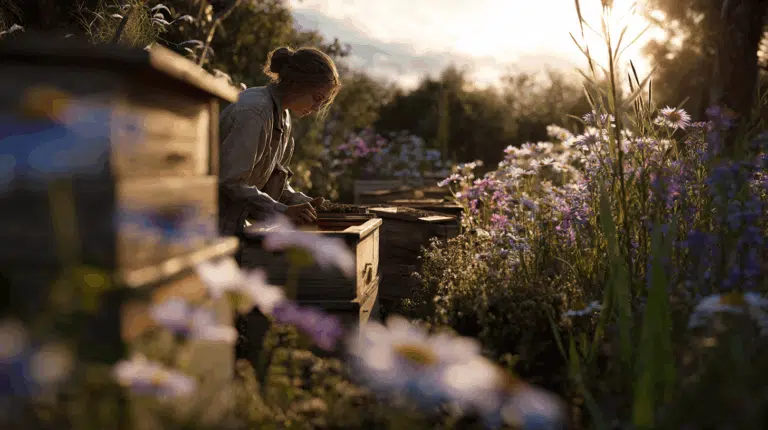Carthamus, also known as safflower, is a sun-loving annual plant with striking, bright yellow to orange-red flowers. Suitable for borders but primarily produced as a cut flower.
With Carthamus seeds from EasySeeds.eu, you can fill your garden or border with cheerful and striking flowers, ideal for bouquets and flower arrangements. Carthamus, also known as safflower , is a unique cut flower known for its colorful, thistle-like blooms and sturdy stems. Growing Carthamus from seed as a cut flower offers gardeners the freedom to add a striking and decorative touch to their gardens and bouquets, from late spring to early autumn.
Striking colors and long stems:
Safflower produces flowers in shades of yellow, orange, and red, often with an elegant, thistle-like structure. The long stems make Carthamus ideal as a cut flower for bouquets and indoor arrangements.
Long-lasting flowering
Carthamus blooms profusely from mid-summer to early autumn, providing long-lasting colour and charm to your garden and bouquets.
Easy-care and versatile,
these cut flowers are easy to grow, drought-resistant, and suitable for borders, flowerbeds, and pots. They're ideal for both novice and experienced gardeners.
Bee-friendly and ecological
The flowers attract bees, butterflies and other beneficial insects, which contributes to biodiversity and a healthy garden environment.
Cut flowers for bouquets – Use the sturdy stems and colorful flowers to create your own bouquets and flower arrangements.
Borders & beds – Add height, structure, and vibrant color to your borders with these striking plants.
Pots and containers – Compact Carthamus varieties can also be grown in pots and balcony boxes for a decorative effect.
Combinations with other cut flowers – Mix safflower with zinnia, marigolds, or verbena for a playful and colorful border design.
Sowing time – Sow indoors from March to April or directly outdoors after the last frost for an optimal start.
Soil & Location – Use well-draining soil and choose a sunny location for maximum flowering and healthy growth.
Care – Keep the soil slightly moist during germination and the early growth phase; feed regularly to encourage strong, healthy plants.
Hardening off – Gradually acclimatise young plants to outdoor conditions before planting them out permanently.
Maintenance – Remove faded flowers (deadheading) to prolong flowering and keep the stems strong.
At EasySeeds.eu, you'll find a wide range of Carthamus (Safflower) seeds , selected for their germination rate, color intensity, and flowering intensity. Whether you want to fill borders, decorate pots, or create your own bouquets, our Carthamus seeds will help bring your garden to life in every season.
🌼 Discover our range now and order easily online – buy Carthamus (Safflower) seeds at EasySeeds.eu!

The plant is native to the Middle East and parts of Asia, where it has been cultivated for its dye and oil for thousands of years.
Also known as safflower, it is an ornamental and oil-bearing plant in the Asteraceae family. The flowers resemble small thistles and are often orange, red, or yellow.
Yes, Carthamus loves the sun. The more sun, the better the blooms.
Carthamus is very drought-tolerant and only needs occasional watering during prolonged droughts.
The petals are sometimes used as a saffron substitute and as a natural dye.
Saffron comes from the Crocus sativus, while Carthamus (safflower) produces a cheaper dye with a similar orange hue but a different flavor.
Yes, it's an excellent dried flower because of its sturdy structure and bright color.
Hang the flowers upside down in a dark, dry, and well-ventilated place.
For cut flower production, we recommend a row spacing of 25–30 cm and a plant spacing within the row of 10–15 cm. This equates to approximately 25–35 plants per m² .